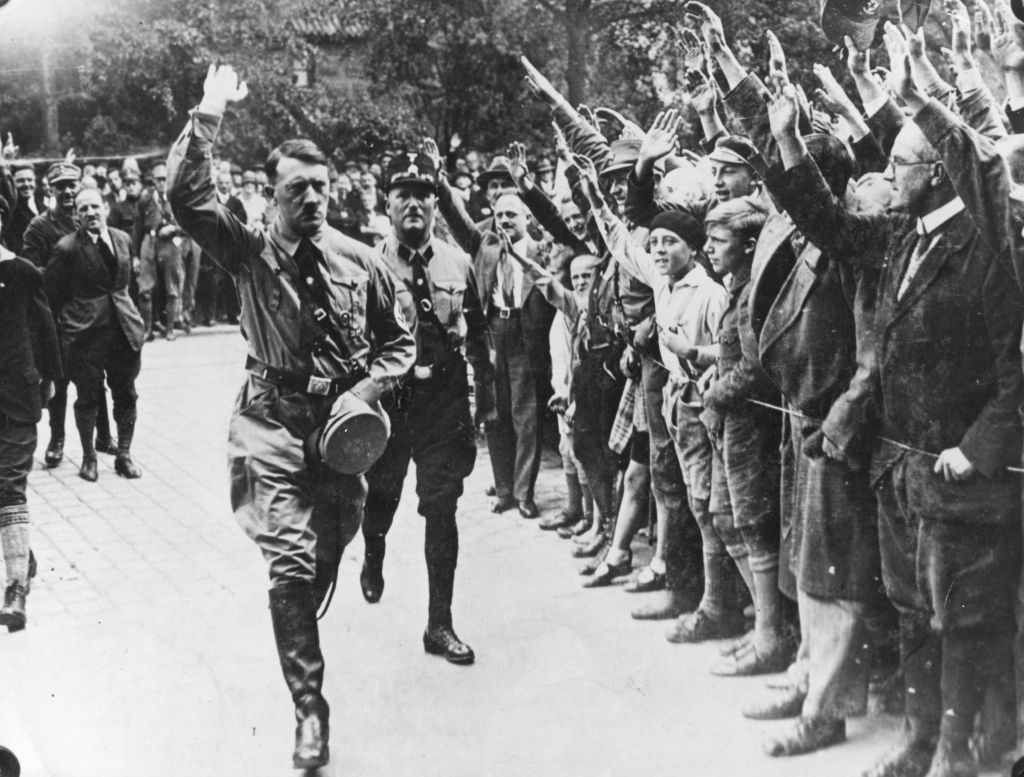Readers of my column know that I have a soft spot for nostalgia, but I think there is a strong case to be made that at least in certain areas the past is not just a different, but a better country. The modern European state that emerged in the 19th century had to deal with a plethora of issues: Industrialisation, urbanisation, population growth, and the political awakening of the masses. Yet somehow, all in all, most Western nations (including Russia and the United States) managed these multiple crises surprisingly well. It was the 19th century that cemented the imagination of the West as the world’s preeminent civilisation, which does not sound like evidence for mismanagement. I would argue that this had a lot to do with a surge in administrative smarts and efficiency, or as Germany’s first chancellor Otto von Bismarck once said: “With bad laws and good civil servants it’s still possible to govern. But with bad civil servants even the best laws can’t help.” Just like China a few centuries earlier, the Europeans started to figure out how to create a class of efficient administrators that improved services and state performance while reducing overall burdens on the population. Take the Habsburg Monarchy or Prussia, for example. Austria’s coffers swelled from 164 million gulden in 1846 to 226 million by 1852, a 38 per cent jump in only six years. But it gets better: Per capita GDP increased by 3.6 per cent annually starting in 1841, so the average person’s living standard grew faster than their tax burden. In fact, the burden actually lightened relative to growing economic prosperity. Today, it appears that we are experiencing the very opposite. Living standards are crumbling under inflation and flatlining economies, while governments wring every last drop from the dwindling productive part of the economy.
Prussia’s story is quite similar. After being defeated by Napoleon in 1806, its debt ballooned to over 400 per cent of revenues. But the Stein-Hardenberg reforms flipped the script, overhauling society and sharpening bureaucracy like a blade. They rolled out a unified customs code in 1818, ditching internal tariffs for a single external one, and introduced a class-tiered income tax. Finances stabilised over decades, capped by the 1891 Miquel Law, which cleverly bundled all income sources under one tax umbrella—a real game-changer. One has to keep in mind that all of this happened during a period of massive social change, including growing populations in industrialisation. Britain’s population, for example, grew by nearly 50 per cent from 1816 to 1846, yet the Victorian age was characterised by improving government services, including the world’s first proper police, while tax income dipped from £80 million to £60 million. Reformers like Prime Minister Gladstone hunted savings in proverbial “candle-ends and cheese-parings” for the nation’s sake and well being.
But today’s Western state? Synonymous with bloat. The stats don’t lie: US spending climbed from 7.5 per cent of GDP in 1913 to 19.7 in 1937, 27 in 1960, 34 in 2000, and 41 by 2011. Britain’s share rocketed from 13 per cent in 1913 to 48 in 2011, with 13 rich nations averaging a leap from 10 to 47 per cent. Surpluses? Rare birds. America managed five since 1960; France none post-1974-75. Crises juiced the borrowing, rightly so, pushing government bonds to $43 trillion by March 2012—up from $11 trillion in 2001. That’s peanuts next to real tabs like pensions and healthcare. Budget restraint? That’s ancient history too. Austria’s state spending as a GDP slice ballooned from 17 per cent in 1913 to 56.3 per cent by 2024—more than tripled, up over 230 per cent. Gone are the Josephinian days of freeing peasants and trades, broadening the tax base without hiking rates. Efficiency’s another casualty: UK’s private services boosted productivity 14 per cent from 1999 to 2013, while public sector dipped 1 per cent up to 2010.
Today, we’ve got a bloated leviathan gobbling resources, blind to the real crises staring us down, demography chief among them. For all its power grabs, the state can’t fix basics like population woes or even keep the streets safe. The 19th century civilised societies but now we’re backsliding into tribal fiefdoms, where ethnic and religious clans live side-by-side but worlds apart. Natives are greying fast, while the young increasingly aren’t from here. The numbers should worry everyone: Germany’s median age leaped from 36 in 1990 to 44 by 2020. Given these trends in a couple generations over half the population will be north of 60 years of age. Hungary throws 5.5 per cent of GDP at family incentives and still cannot increase the fertility rate to more than 1.5 children per woman. As societies shrink and age, migrant groups rise, often bypassing European norms altogether. I do not think this will leave police, military, or social bonds untouched, and just as the past was a different country, so will be the future. If every second person under the age of 40 has a migrant background, what do you think the “French” or “German” army or police force will look like? And how loyal will they be to their country?
This demographic earthquake is happening globally, but most brutally in Europe. No civilisation ever chose self-extinction while trying to plug birth gaps with mass influx from alien cultures. Small wonder right-wing vibes are catching fire among the under-30s. Where sharp reforms once multiplied wealth sans pain, now it’s all puffery and population plunge. Ignore it or muzzle the debate, and you’re sleepwalking into Europe’s biggest crisis ever.






The melancholy of modernity leaves too many of us unmoored, disconnected